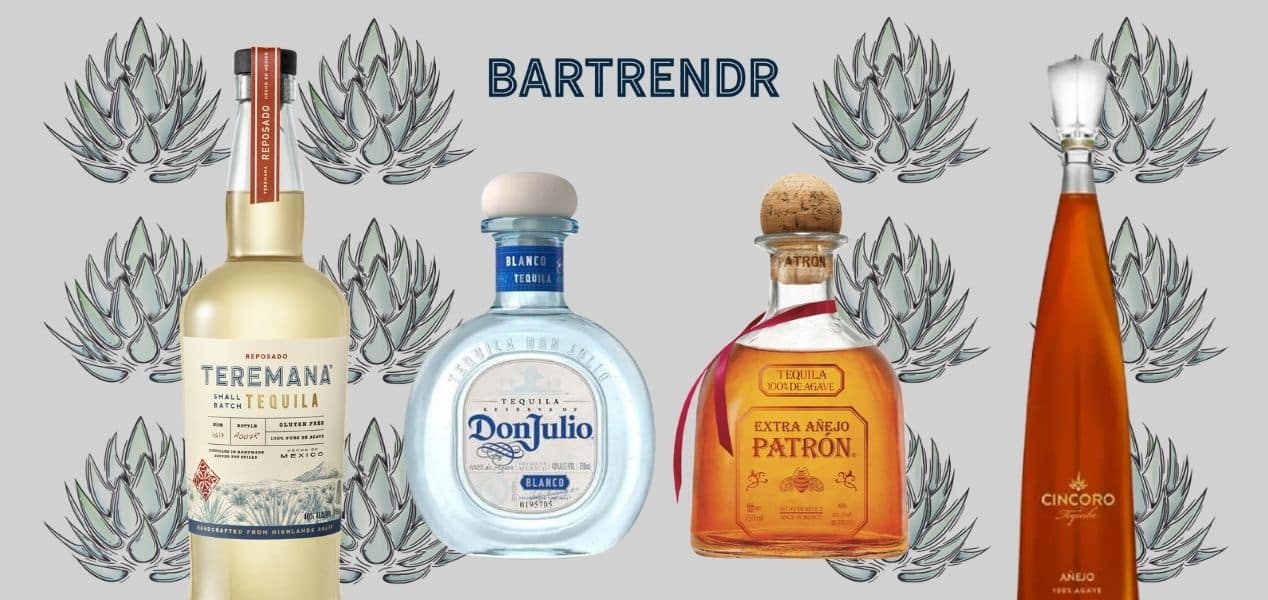Most adults of legal drinking age who consume alcohol have probably had a shot of tequila or two in their lifetime. But, did you know that there are five types of tequila?
Tequila’s popularity is not about to disappear any time soon. In fact, in 2020 alone, Mexico imported over 254 million liters of this popular spirit worldwide.
Produced from the blue agave plant in Mexico, the five types of tequila are different due to their aging process.
Here we explore the nuances between the types of tequila, their different flavor profiles, distillation processes, and aging times.
What is the Difference in Types of Tequila?
Tequila is divided into five categories primarily based on their aging process.
Lighter tequilas are aged for less time, typically between 2 months and a year, and the darker, amber, or even mahogany spirits are aged for up to three years.
The longer tequila ages in the barrel, the darker it is in color and the smoother to the taste. This is because it loses most of its agave properties. Because it takes longer to make, older tequilas are usually more pricey.
Before we get into the nitty-gritty of the differences between the five varieties, let’s have a quick look at the tequila-making process.
The Five Types of Tequila
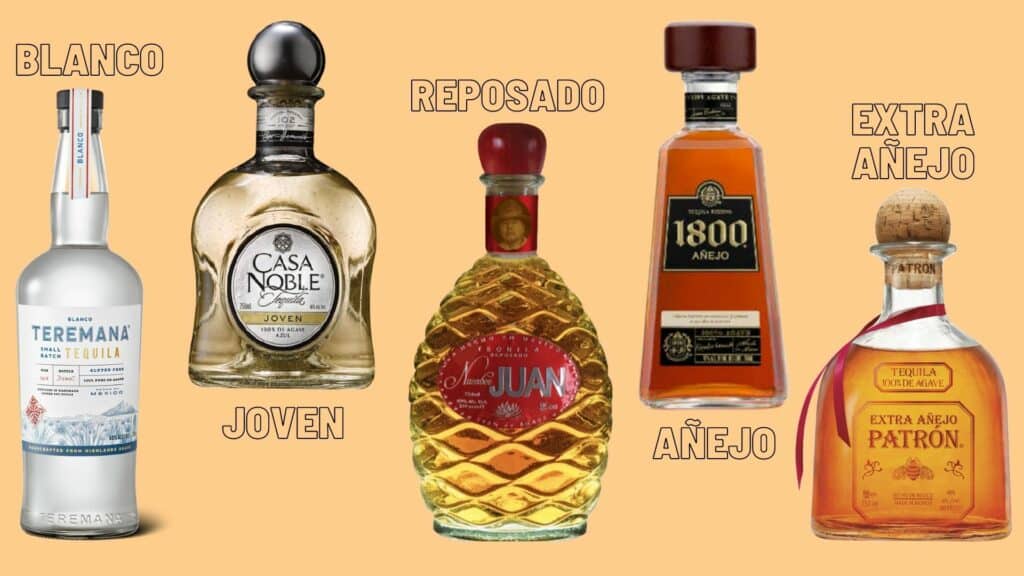
The five types of tequila are Blanco, Joven, Reposado, Anejo and Extra Anejo. We explain their differences below.
Tequila Blanco
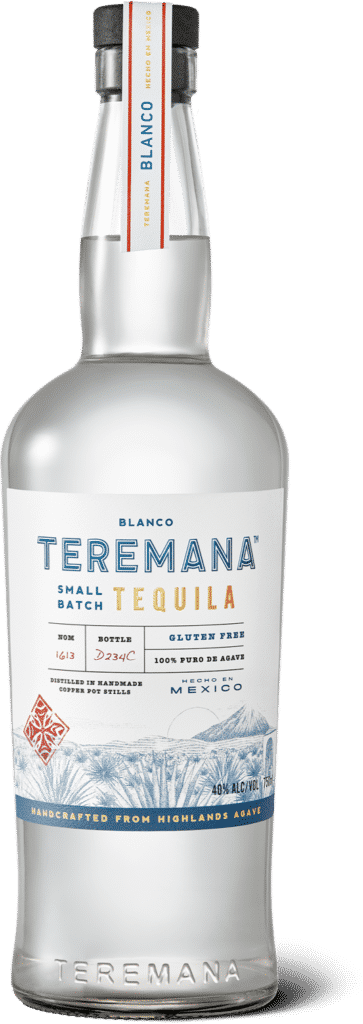
Blanco tequila, also called silver tequila is named after its white color and is the youngest of all five tequilas. It can also be called platinum or Plata. It only ages for a few weeks at most and is made strictly from 100 % agave plant.
Blanco tequila is never placed inside oak barrels. This is why it has the clear appearance it is well known for, due to the lack of influence from the wooden barrels. It’s said to have the closest flavor of the agave plant.
For a slightly smoother taste, Blanco tequila can be aged for a further two months in steel tanks. It’s often used in cocktails because of its strong sweet flavor.
Our Favorite Blanco
Tequila Joven
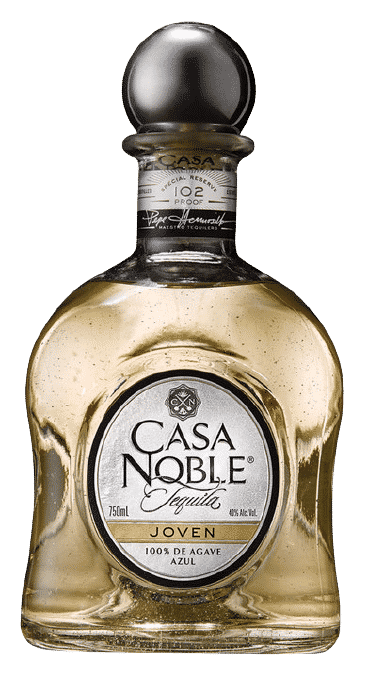
Often called gold tequila, this type of tequila isn’t composed solely of 100% agave and is known as a ‘Mixto tequila.
Joven means ‘young’ in Spanish, and it gained this name because of its shorter aging period.
The gold color is often a result of additives, such as caramel coloring or sugar, which also adds to its smoother taste.
This type of tequila is usually consumed in shots and is popular amongst party-goers, thanks to its sweeter flavor profile.
Tequila Reposado

Reposado tequila, meaning ‘rested’ in Spanish achieves this title due to the aging process of two months to three years in a specialized wooden cask.
This process ensures that the tequila holds its agave flavor whilst developing its unique flavor. For an even more flavorful tequila, it is sometimes housed in bourbon barrels.
Those who love a Reposado might note subtle nutty flavors or even hints of vanilla, and sometimes a slight chili taste.
This is the best tequila for margarita lovers, but it is preferred sipped neat or over ice.
Our Favorite Reposado
Tequila Añejo

Tequila añejo is characterized by its deeper amber color and has to rest for at least a year (or more) in wooden oak barrels. This is why it is called anejo, which means ‘aged’ in Spanish.
It then takes on the flavor and color of the barrel, losing its blue agave look. The color is deepened by the fact that barrels are limited to 600 liters.
This tequila is regarded as ‘mature’ and some people might even use it as a substitute in place of whiskey.
Our Favorite Añejo
Extra Añejo (extra ‘rested’)
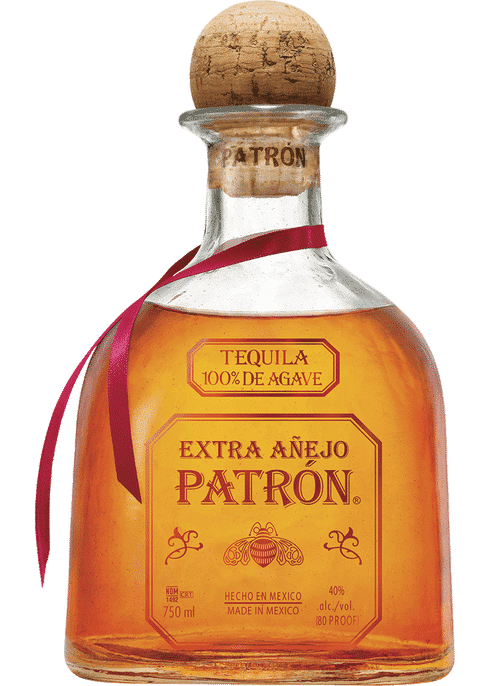
Finally, we have the aristocracy of the tequila word, the prized and respected Extra Añejo. This is aged for the longest of all tequilas, up to three years, and is identified by its deep mahogany color and complex flavors.
This well-aged tequila only hit the market in 2006 and so is a new player in the tequila world, and it made its mark.
This drink can be compared to brandy and should be sipped slowly (and greatly respected, like you, would an elder.) This is usually sipped on slowly or mixed with a little water.
This drink is pricier than the other varieties as it takes three years to age.
The Difference Between Blanco and Joven Tequila
These two types of tequila are most commonly consumed at bars and lend themselves to a more affordable price bracket.
The main difference between these two is that Blanco tequila is made of pure 100% agave, while Joven tequila is not.
Another difference is that the gold varieties have additional additives such as grain alcohol, sugar, or caramel flavorings.
For this reason, Joven is often taken in shot form, and Blanco, with its lighter flavor profile and coloring, is used in cocktails like margaritas.
The Difference Between Reposado and Añejo Tequila
Reposado varieties are specifically aged in a wooden cask, or sometimes bourbon barrels up to one year. They gain their golden color from this process as well as their flavors. They typically taste like vanilla, coffee, or nuts.
Añejo varieties have a darker color since they are aged for longer and because of this, they lose all of those agave characteristics. These rested varieties are often enjoyed neat or with a splash of water.

Why is Tequila More Expensive Than Other Liquors?
Since the blue agave plant only reaches maturation every seven to ten years and the global demand for tequila is so huge, the harvesting process is an expensive and time-consuming one.
Add global warming, precarious weather conditions, and bouts of drought; farmers cannot always guarantee a fruitful harvest.
Then there is the time factor. Older, more mature tequilas take longer to age, and this makes them pricier. Time, as they say, is money, especially when it comes to tequila.
Luckily, the lighter younger varieties are usually well-priced and you can find some great options at the store for under $30. If you’re wanting an aged variety, you’ll more than likely be looking at a heftier price tag.
How Tequila is Made
Tequila is produced across five regions in Mexico and has to be made in Mexico to be classified as such.
It is made from the blue agave plant which looks much like an Aloe and grows in arid climates and only reaches maturation after 7-10 years.
Harvesting

Harvesting yields remain low, despite the popularity of the drink, and this impacts the price factor. When harvesting time emerges, the plant’s underground bulbs, which look similar to pineapples, are harvested.
These are called the heart or the piña of the plant and larger ones can weigh up to 300 pounds.
Cooking
The piña is then cooked in a brick oven to release all those carbohydrates and sugars. They are then crushed to release these sugars and placed in large stainless steel tanks where yeast is often added.
Fermentation
Fermentation usually takes between a week or two and then distillation occurs. During this process, heat is used to separate the ferments.
Distillation

Most varieties are only distilled twice, while others are distilled three times. This happens in distillation towers or stainless steel pots.
The last step before bottling is aging, and this step ultimately determines what kind of tequila is being made. The longer tequila is aged, the darker in color it becomes. Tequila aged for a shorter amount of time will be lighter in color.
Aging
The five tequila varieties are based on their aging time. The tequila is placed in wooden casks and the process can take between two months and three years depending on the type of tequila.
Bottling
Lastly, the tequila is bottled. Interestingly, if tequila is to receive a 100% agave rating, it has to be bottled in one of five Mexican states that surround the city of Tequila. These states are Michoacán, Nayarit, Tamaulipas, Guanajuato, and Jalisco.
Conclusion
If you are interested in experiencing the nuances and subtleties between the five types of tequila, it might be worth exploring tequila tasting experiences near you. You could also have a tequila tasting party with your pals, where everyone brings a different variety.
This makes for a fun evening and can be paired with delicious foods, just like a fancy wine tasting. Just be warned that the cheaper the tequila, the harder the hangover. Don’t listen to those who tell you tequila is a stimulant!
What’s your favorite type of tequila and how do you like it? Neat with a splash of water, in a scrumptious cocktail, sipped slowly and sophisticatedly, or as a shot?
Let us know!

